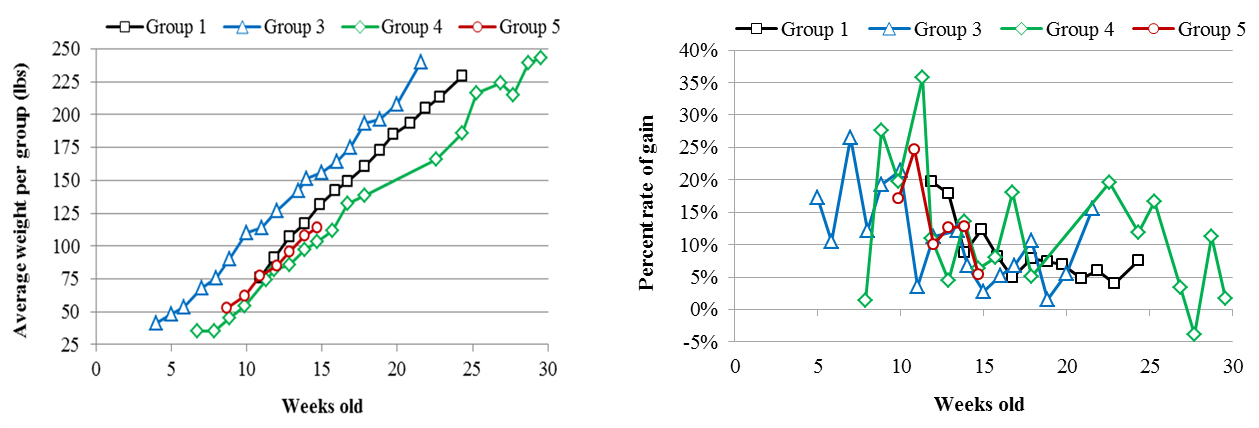Pastured Pork
We believe there’s a healthy and humane way to raise pork.
When we built our state-of-the-art pastured hog facility in 2015, we wanted to create a scalable model for other farmers looking to raise hogs the right way. The facility and its eight acres of surrounding pasture serve as our laboratory. There, we’re investigating best practices for raising hogs in a way that benefits the farmers, animals, and the land.
The Problem with Pork
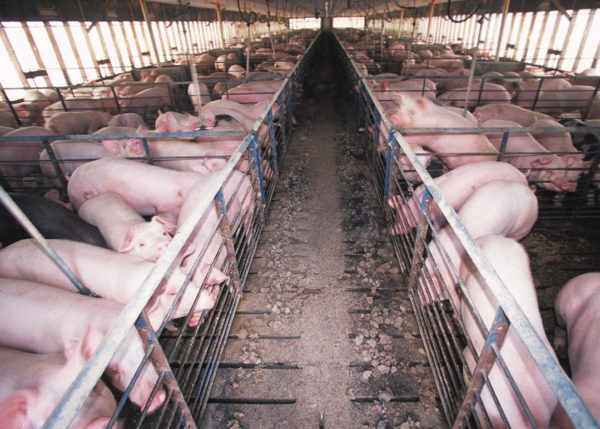
97% of commercial hogs are raised in small, indoor, concrete-floored pens. Almost half are raised on Concentrated Animal Feeding Operations (CAFO), also known as factory farms. These intense operations lead to overcrowding, animal stress, disease, and excessive waste. The United States is one of the largest producers of this kind of conventional pork, second only to China. We developed our facility and research on pastured pork because we believe animals can be raised another way—one that results in a healthier product for people and the planet.
Benefits of pastured pork
Animal Welfare
Pastured animals are free to express their natural behaviors. They’re less stressed and get along better with each other and with handlers.
Diverse Diet & Nutrition
Pigs that forage have access to a diverse array of plants and insects that keep them healthy and entertained. Pigs are smart and need variety.
Reduced Cost
Grazing on pasture means pigs need less feed, which tends to be an expensive input.
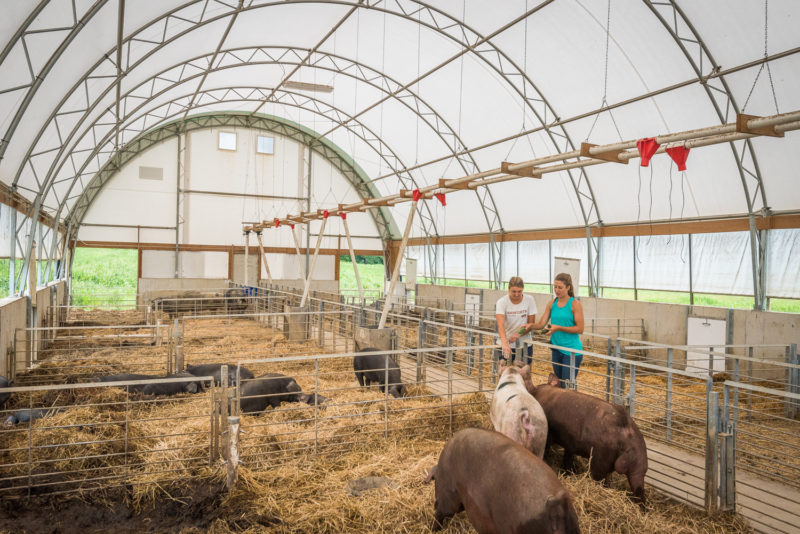
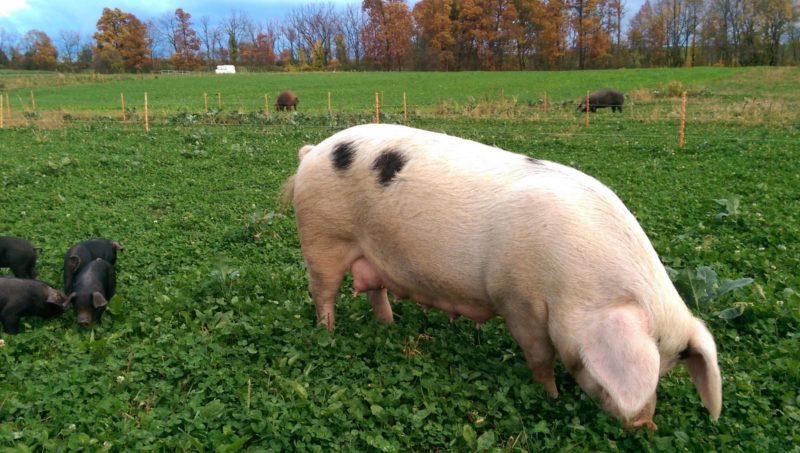
What we’re studying
Some of the questions we’re asking include:
- How can we reduce the impact of pig parasites?
- How much pasture are the pigs consuming?
- How much feed is the pasture saving?
- How frequently do the animals need to be moved?
- What is the stocking rate (number of animals a pasture can support for a period of time) for pigs on pasture? and
- How can we minimize land degradation?
Our current research is analyzing:
- Manure and pasture management to reduce swine parasites in organic pastured pork production
- The nutritional composition of the crops in our pastures, both pre- and post-grazing
- Hog weights relative to the type of pasture and size of paddock grazed
- The ideal stocking rate and feed conversion ratio
Our goal is to help current and future hog farmers determine the best type of pasture for raising hogs, the best paddock size, and best practices for maximizing the regrowth of forage crops.
Heritage Breeds
Most hogs today are bred for confinement. We raise heritage breeds instead, which are sturdy and well-suited to life on pasture with a strong genetic impulse to forage. They’re also increasingly threatened as conventional methods have become the norm. Currently, our breeds of choice include (clockwise from top left) the Tamworth, Gloucestershire Old Spot, Red Wattle, and Large Black. For more information on heritage breeds, visit LivestockConservancy.org.
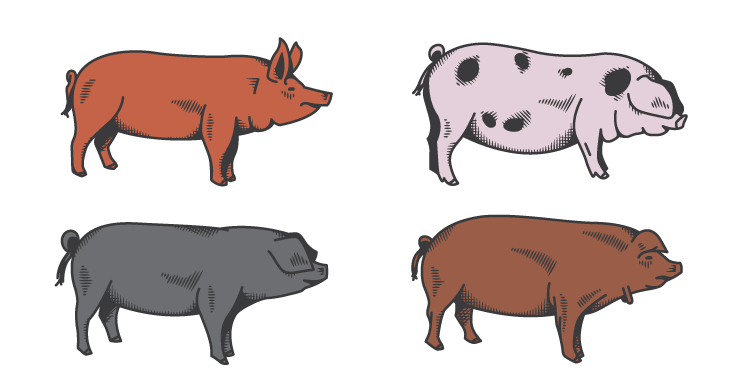
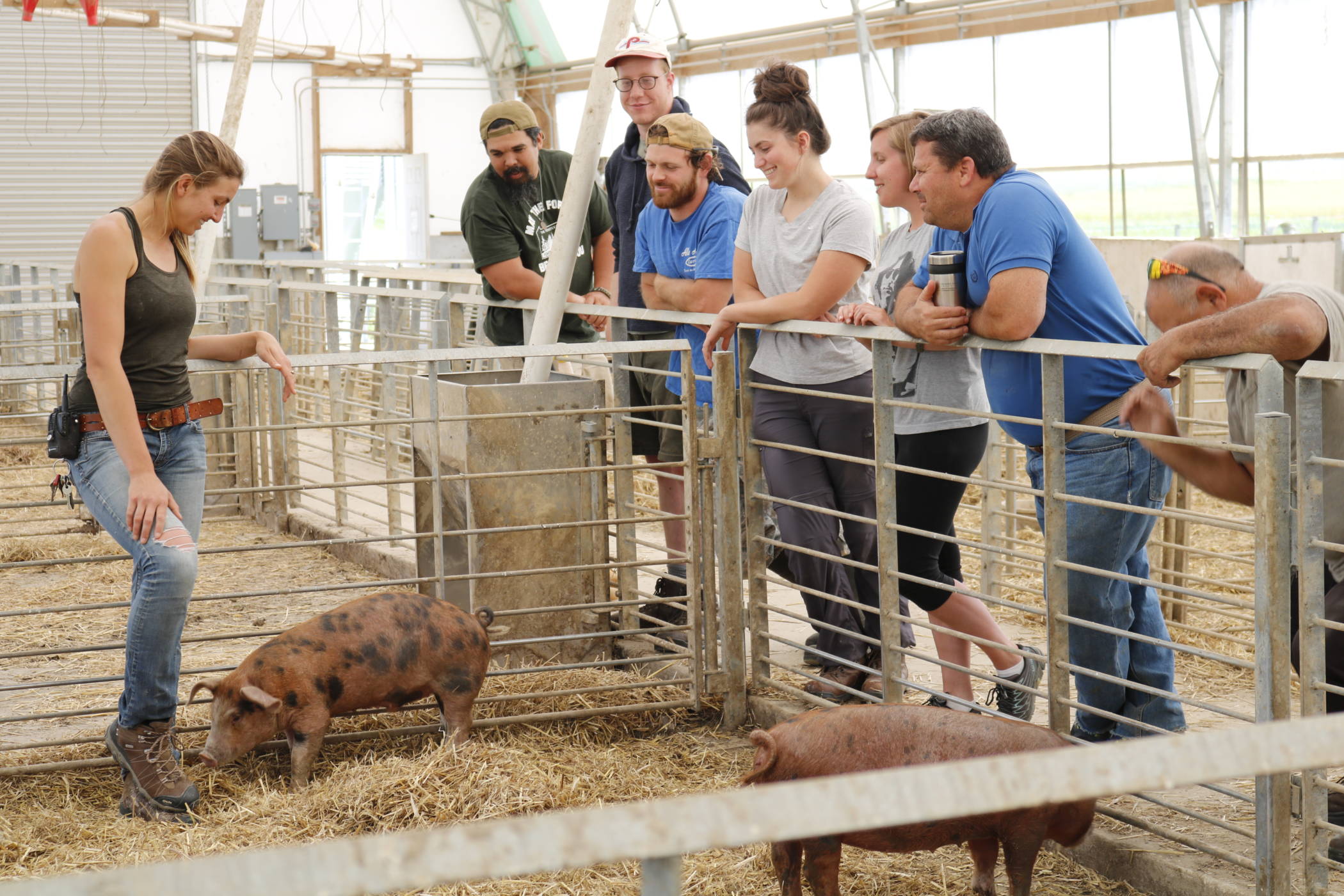
Research and Training
New farmers in training assist with data collection and learn about pasture and livestock management at the hog facility.


